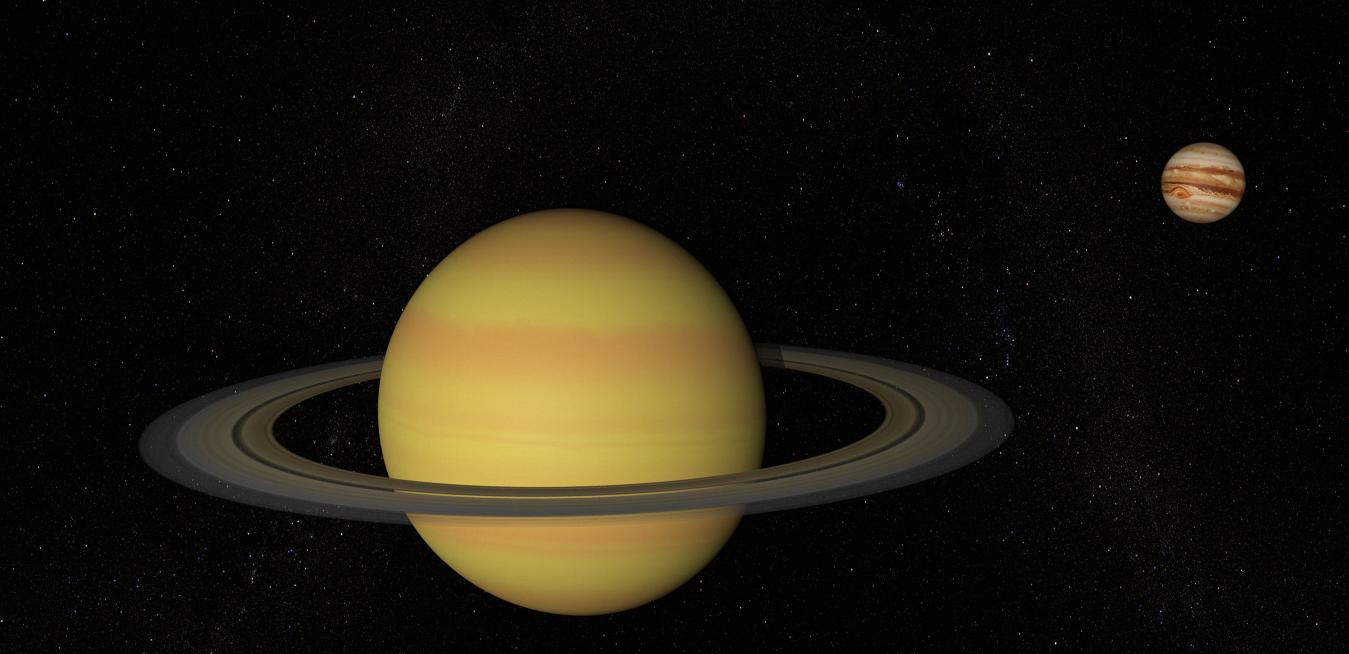The world’s most abundant element, hydrogen is at the center of two intriguing scientific advancements this week. One involves an experimental zero-emissions plane, the other proposes a way to supercharge solar energy. Elsewhere in this week’s coolest things — and elsewhere in the solar system — get ready for a rare planetary light show that will be easily visible with the naked eye.
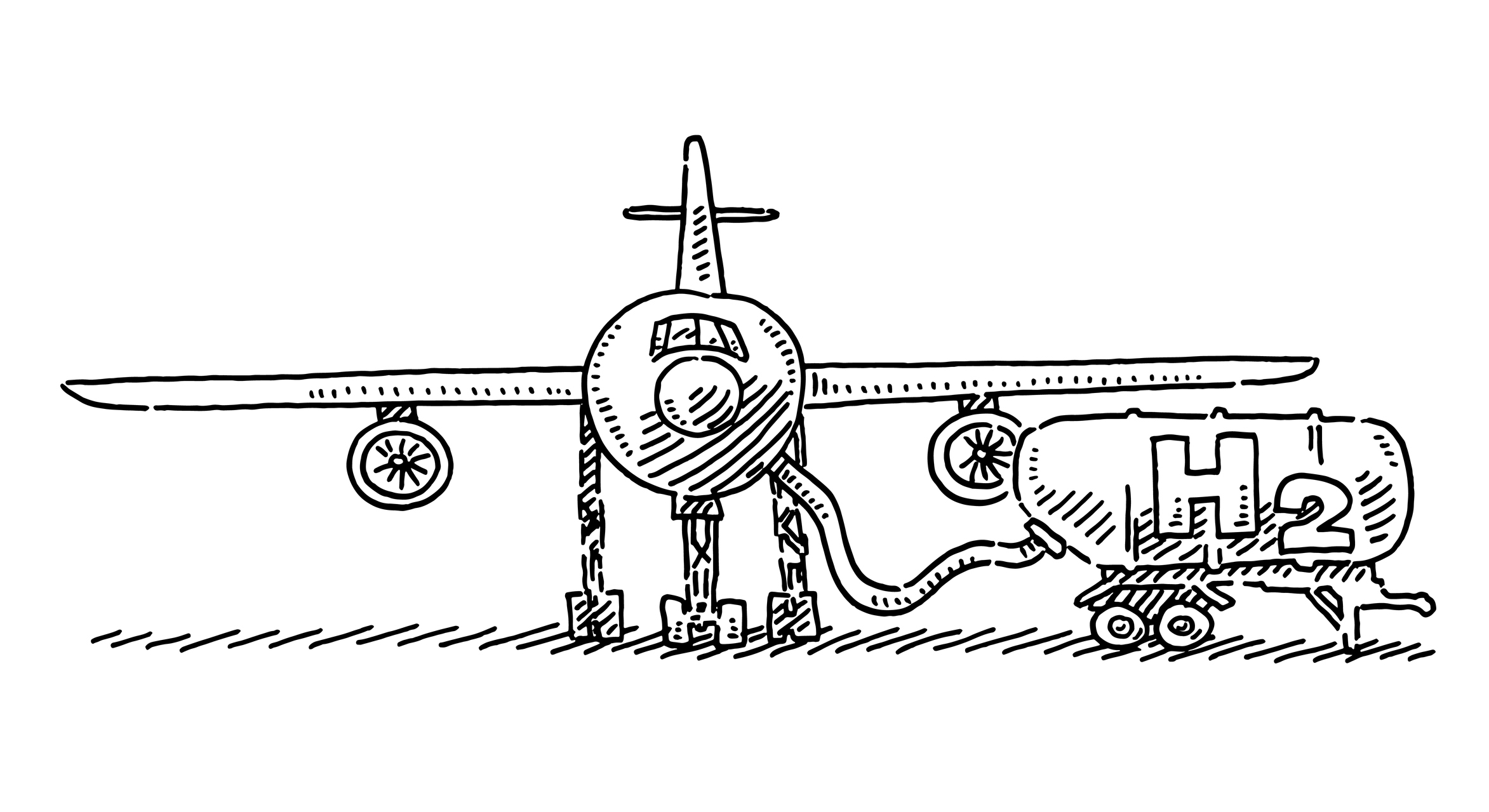
What is it? Hydrogen is at the forefront of a number of clean-energy initiatives, including a project by Airbus. The European planemaker expects a patent application to be published this month for hydrogen “pods” that could serve as the propulsion system for large commercial aircraft.
Why does it matter? Though jets are much more fuel-efficient than they used to be, those gains have been offset by the skyrocketing growth in passenger air travel over the last few decades — and as the world seeks to reduce sources of greenhouse gas emissions, the race is on to come up with more environmentally friendly modes of flight.
How does it work? Part of the planemaker’s ZEROe program, the eight-bladed pods would attach beneath the aircraft wing and be driven by hydrogen fuel cells. “The ‘pod’ configuration is essentially a distributed fuel cell propulsion system that delivers thrust to the aircraft via six propulsors arranged along the wing,” said Matthieu Thomas, lead architect for the ZEROe program. “Hydrogen fuel cells have very different design considerations, so we knew we had to come up with a unique approach.” The design is one of several under consideration for ZEROe, with the decision expected in 2025 on which to go forward with.

What is it? Speaking of hydrogen: A team of researchers in the U.S. created a new catalyst for the efficient splitting of water molecules into oxygen and hydrogen, marking a possible breakthrough in the pursuit of clean energy.
Why does it matter? One way of making so-called “green hydrogen” uses solar power to split water molecules into their component parts: oxygen and hydrogen, which produces zero carbon emissions when burned. But that process requires a catalyst, and the materials used today aren’t efficient enough to make the concept practical.
How does it work? The new catalyst uses the elements cobalt and titanium. They are abundant in nature, compared with other catalytic materials, such as iridium. As Sen Zhang, a chemistry professor at the University of Virginia and the co-author of a new paper in Nature Catalysis, explained, “The new process involves creating active catalytic sites at the atomic level on the surface of titanium oxide nanocrystals, a technique that produces a durable catalytic material and one that is better at triggering the oxygen evolution reaction. ... This work is a perfect example of how to optimize the catalyst efficiency for clean energy technology by tuning nanomaterials at the atomic scale.”
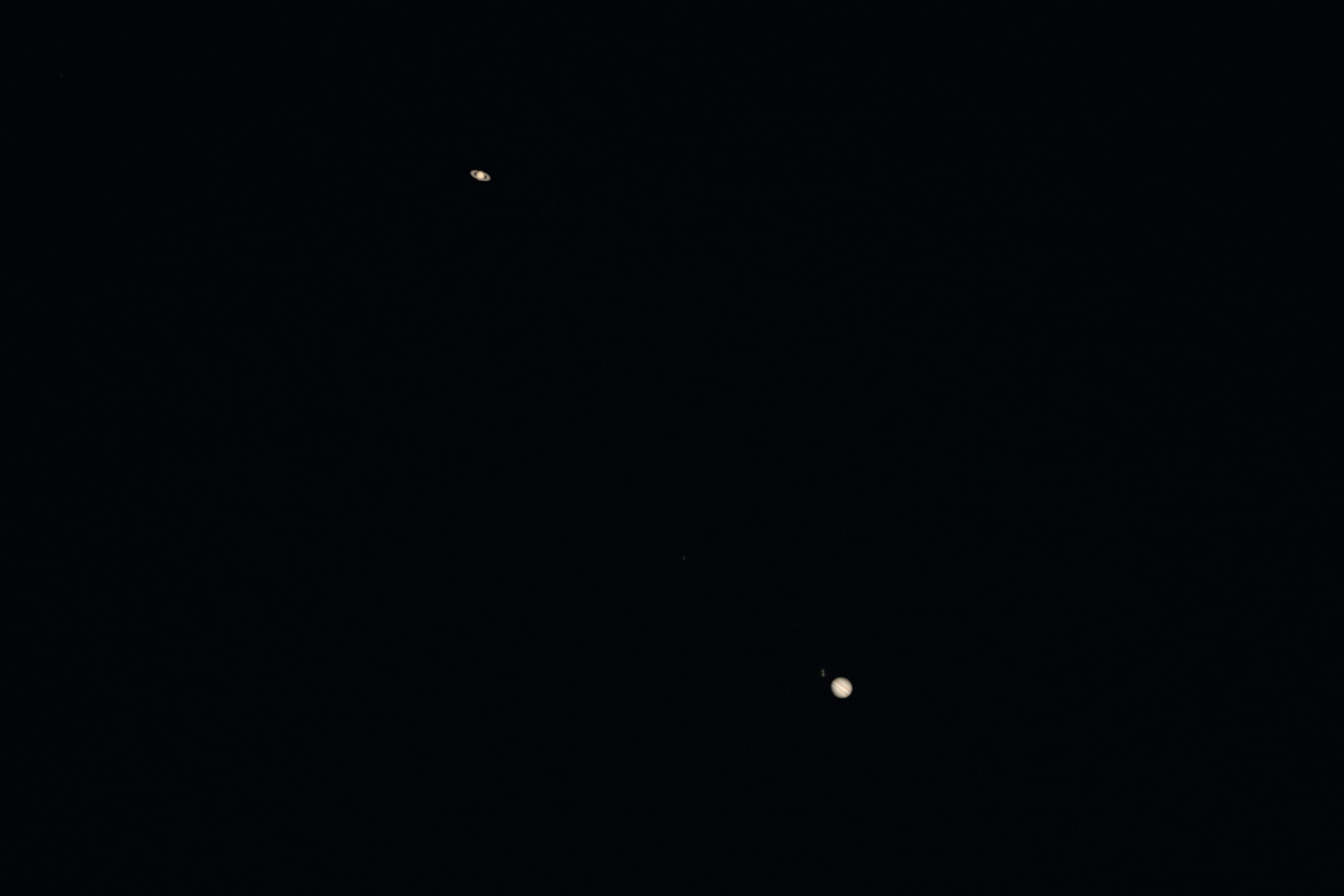
What is it? An extra bonus on this year’s winter solstice, and an early Christmas gift: The planets Jupiter and Saturn, which have been moving closer to one another in the night sky in recent months, will come together in a “great conjunction” on Dec. 21 and appear as one bright star.
Why does it matter? Of course, Jupiter and Saturn are hundreds of millions of miles apart, but from the perspective of Earth their paths cross with some regularity: They’re aligned in the sky about once every 20 years. But it’s been almost 400 years since they were quite this close, and almost 800 years since they aligned at night. “The date of the conjunction is determined by the positions of Jupiter, Saturn, and the Earth in their paths around the Sun, while the date of the solstice is determined by the tilt of Earth’s axis,” said NASA astronomer Henry Throop. “The solstice is the longest night of the year, so this rare coincidence will give people a great chance to go outside and see the solar system.”
How does it work? From your perspective, all you’ve got to do is step outside on Monday early evening or night — depending on where you live — and hope the weather is clear. NASA says the two planets will be visible toward the southwest just after sunset, and so close together that a pinkie finger held at arm’s length will cover them both. If you’ve got binoculars or a telescope, you may be able to see Jupiter’s four moons as well.
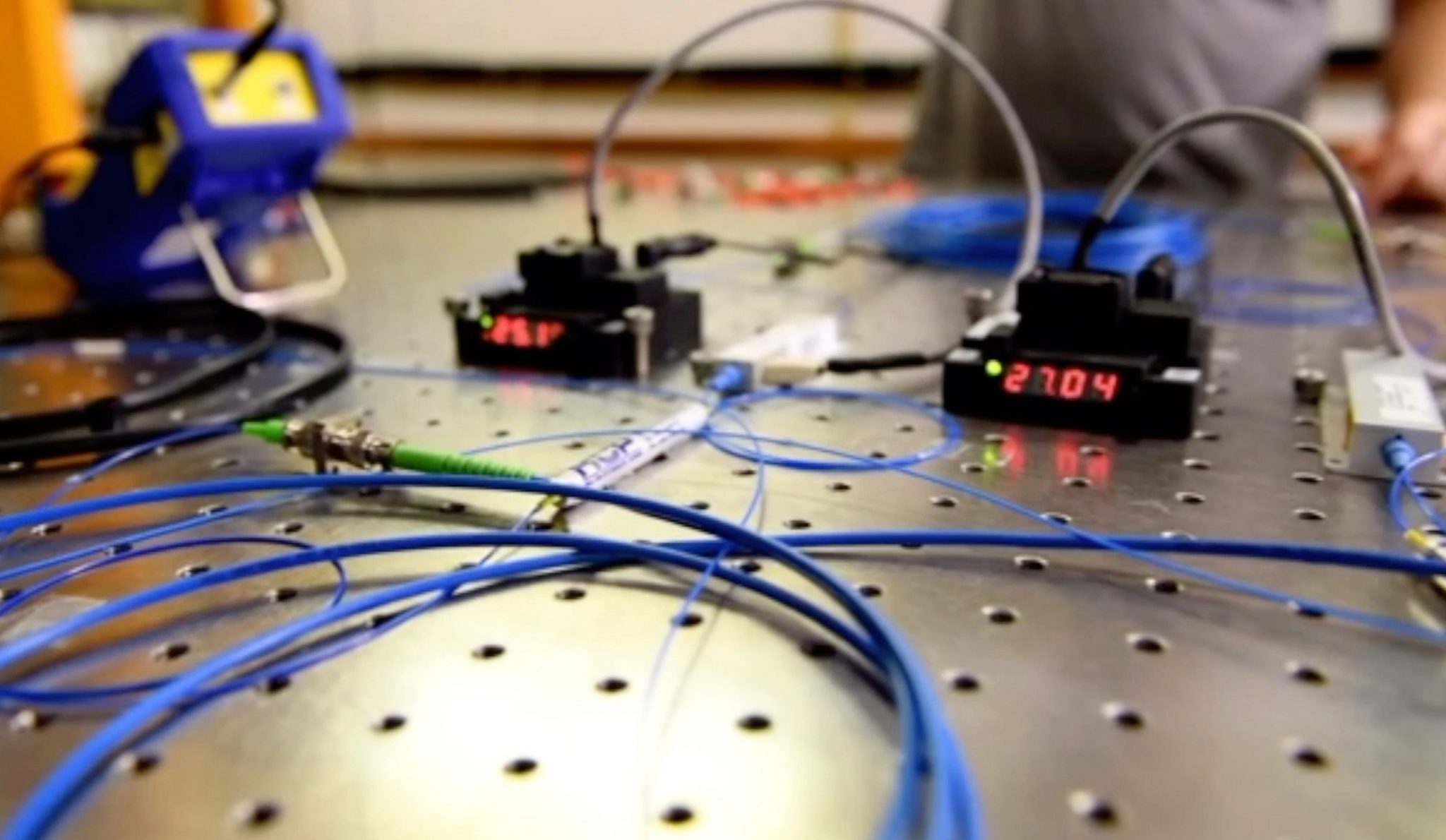
What is it? For the first time, physicists from Fermilab and elsewhere demonstrated a sustained, long-distance example of quantum teleportation of photon qubits with 90% fidelity, an important step toward the creation of a “quantum internet.”
Why does it matter? “Around the world, consensus is building that a system to communicate using quantum mechanics represents one of the most important technological frontiers of the 21st century,” read a U.S. Department of Energy news release from earlier this year announcing blueprints for a quantum internet. Relying on the trippy principles of quantum physics, such an internet system could mean virtually unhackable networks and information that traveled faster than the speed of light, offering transformative possibilities for science, security, manufacturing and more.
How does it work? A quantum internet will rely on the principles of quantum entanglement: namely, when two or more particles become linked even when separated by long distances, such that information encoded in one particle is “teleported” to a particle with which it is entangled. The Fermilab Quantum Network just demonstrated this principle by teleporting qubits — quantum bits —of photons over 44 kilometers of fiber-optic cable, using single-photon detectors and off-the-shelf equipment. “We’re thrilled by these results,” said Fermilab scientist Panagiotis Spentzouris, a co-author of a new paper in PRX Quantum. “This is a key achievement on the way to building a technology that will redefine how we conduct global communication.”
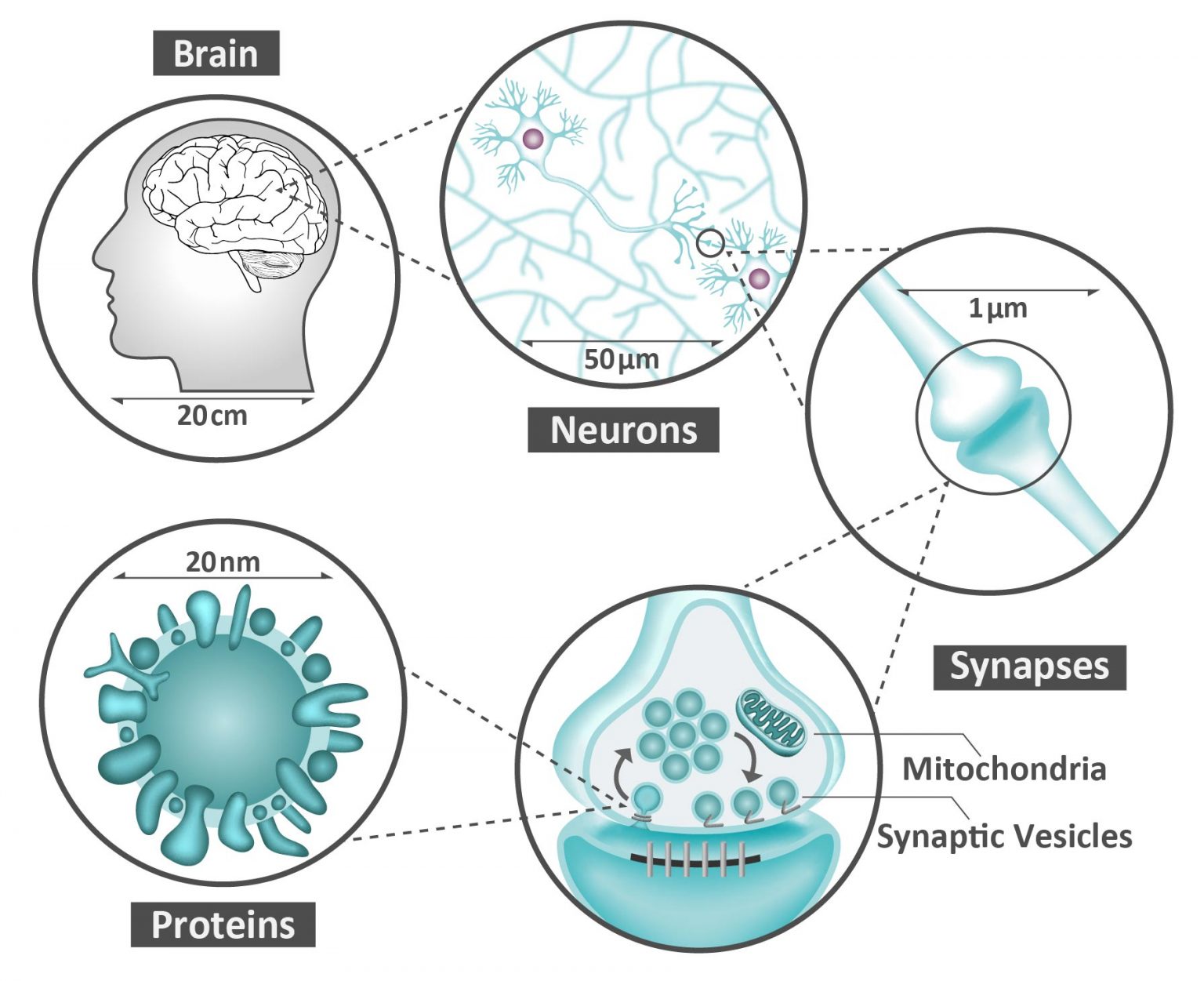
What is it? A new study conducted by researchers at Japan’s Okinawa Institute of Science and Technology (OIST), among others, provides the “most complete annotated resource” of the proteins that make up our neural synapses.
Why does it matter? As the “junctions” between our brains’ neurons, synapses “receive, process, store and control all the information that flows within this network,” according to an OIST news release, and influence our “memory, spatial orientation, learning ability and attention span.” When they fail, it can affect neurological health. Synapses have been implicated in such brain disorders as Alzheimer’s, Parkinson’s, dementia, epilepsy and more. Neuroscientists currently lack a full picture of the “molecular basis of synapses,” but the new OIST research helps fill that picture in.
How does it work? The entire complement of proteins in a given cell, tissue or organism is referred to as the proteome; attempting to map the synaptic proteome, the researchers took a conventional method and modified it to make it more powerful. They were surprised to uncover scores of heretofore “hidden” proteins; of some 4,439 synaptic proteins identified, 1,466 were found in synaptic vesicles, or SVs — three times more than previously known. “Out of the 1,466 SV proteins, we found a link to 200 distinct brain diseases,” said OIST’s Zacharie Taoufiq, co-author of a new paper in PNAS. “What I found very surprising and interesting is that most of the causes of diseases are linked to the least abundant and previously hidden proteins.”
